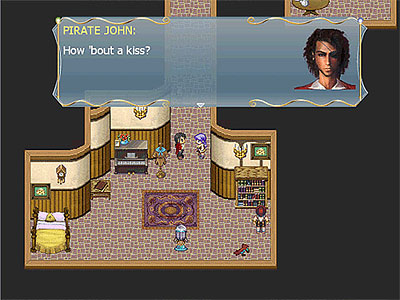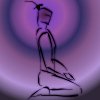I'm trying to decide on what sort of style I want to use for indoor levels. The type of game I'm referring to is the classic 2D topdown/fixed angle rpgs and action games. Here are some examples: Only show walls at the top of the level, have an outer edge going around the entire room, indicating the top of the wall:

Same as above except the entry ways are cut in:

No wall border, just pure black:

A skewed perspective where all parts of the walls are seen at all angles. (legend of zelda style):


If you know of any more please share. Also as an additional question, what sort of system do you think works best for collision/interaction with the walls? (particularly the bottom half of the wall) Should the player collide with the edge directly? Should the player pass under the edge (as to give the illusion of depth) The first option is used quite often, the second option seems more realistic but the problem lies in the fact that things are obscured from view. By doing this, should we then have it "fade" so that you can see through the upper edge of the wall? Here's an example of what I'm referring to:

 Same as above except the entry ways are cut in:
Same as above except the entry ways are cut in:  No wall border, just pure black:
No wall border, just pure black:  A skewed perspective where all parts of the walls are seen at all angles. (legend of zelda style):
A skewed perspective where all parts of the walls are seen at all angles. (legend of zelda style): 
 If you know of any more please share. Also as an additional question, what sort of system do you think works best for collision/interaction with the walls? (particularly the bottom half of the wall) Should the player collide with the edge directly? Should the player pass under the edge (as to give the illusion of depth) The first option is used quite often, the second option seems more realistic but the problem lies in the fact that things are obscured from view. By doing this, should we then have it "fade" so that you can see through the upper edge of the wall? Here's an example of what I'm referring to:
If you know of any more please share. Also as an additional question, what sort of system do you think works best for collision/interaction with the walls? (particularly the bottom half of the wall) Should the player collide with the edge directly? Should the player pass under the edge (as to give the illusion of depth) The first option is used quite often, the second option seems more realistic but the problem lies in the fact that things are obscured from view. By doing this, should we then have it "fade" so that you can see through the upper edge of the wall? Here's an example of what I'm referring to: 







